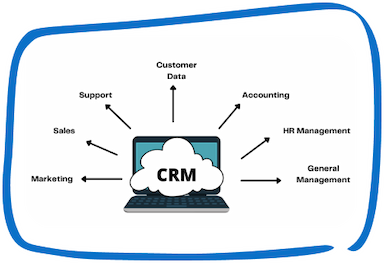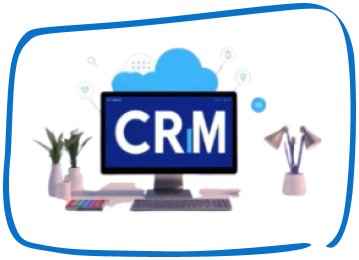Enterprise Resource Planning (ERP) software can help businesses streamline their operations, improve efficiency, and make better-informed decisions. However, it can seem daunting to use ERP software, especially for small businesses that may not have the resources to dedicate to software implementation and training. Here is a more detailed guide on how to use ERP software:
2. Identify Your Business Needs
The first step in using ERP solution is to identify the specific business needs that you want to address. This will help you select the appropriate ERP system and customize it to meet your requirements. Here are some questions to consider:
- What are the primary business goals that you want to achieve through ERP software?
- What are the biggest challenges you face in your current operations that you hope ERP system can help address?
- What are the specific business processes that you need the software to support (e.g., accounting, inventory management, supply chain management, customer relationship management, etc.)?
By answering these questions, you can gain a better understanding of your business needs and select an ERP software that aligns with your goals.
2. Choose the Right ERP Software
There are many ERP software solutions available, so it is important to choose the one that best fits your needs. Consider factors such as scalability, customization options, and ease of use when making your selection. Here are some additional factors to consider:
- Industry-specific features: Some ERP software solutions are tailored to specific industries, such as manufacturing or healthcare. Consider whether you need industry-specific features in your ERP software.
- Integration capabilities: Does the ERP software integrate with other business applications and systems that you currently use, such as your accounting software or CRM system?
- Pricing: ERP solution can be expensive, so consider the total cost of ownership, including licensing fees, maintenance costs, and any additional hardware or software requirements.
- User experience: Choose an ERP system that is user-friendly and easy to navigate. You want your team to be able to use the software without requiring extensive training.
3. Set Up the Software
Once you have selected an ERP software, the next step is to set it up by configuring the various modules and settings to match your business needs. Here are some steps to follow:
- Create user accounts: Add users to the ERP software and define their roles and access levels. This ensures that each user has the appropriate level of access to the system and can only view and edit the information that is relevant to their role.
- Configure workflows: Set up workflows for each business process that you want to manage with the ERP. Workflows help automate tasks and ensure that processes are consistent and efficient.
- Define data fields: Define data fields for each module in the ERP solution. For example, if you are using the inventory management module, you may want to define fields for the item name, SKU, cost, and quantity.
- Customize reports: Customize reports to meet your specific needs. This may include adding or removing data fields, formatting the report layout, and specifying the time frame for the report.
4. Enter Data
Once you have set up the ERP system, the next step is to enter your business data into the system. This includes information about products, suppliers, customers, and financial transactions. It is essential to ensure that your data is accurate and up-to-date to avoid errors and ensure the system is working correctly. Here are some tips for entering data:
- Start with a clean slate: If you are migrating from another system, make sure to clean up your data before importing it into the ERP software. This will help ensure that your data is accurate and up-to-date.
- Use templates: Most ERP software solutions offer templates for data import. Use these templates to ensure that your data is formatted correctly and imported into the correct data fields.
Check for duplicates: Check for duplicate records before importing
- Train your team: Train your team on how to use the ERP software, including the various modules and features. This will help ensure that everyone is using the system consistently and efficiently.
- Monitor and maintain the system: Regularly monitor the ERP system to ensure that it is working correctly and efficiently. This includes checking for errors and data discrepancies and ensuring that the system is properly backed up.
By following these steps, you can effectively use ERP system to streamline your business operations, improve efficiency, and make better-informed decisions. It is important to remember that ERP solution is an ongoing process, and regular maintenance and updates are necessary to keep the system running smoothly.
Speak with Our Team!
4.9 Stars
1k+ reviews on







